Science
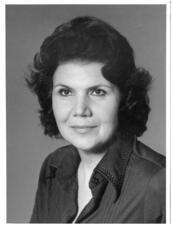
Selma Browde
Selma Browde was a medical doctor and activist whose passionate work and advocacy on behalf of disadvantaged communities in South Africa spanned more than half a century.
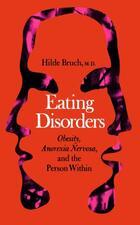
Hilde Bruch
Hilde Bruch’s seminal work on eating disorders contributed significantly to understanding and treatment of the diseases in the 1970s.
Ruth Mack Brunswick
Psychoanalyst Ruth Mack Brunswick served as a crucial sounding board for Sigmund Freud, helping him revise his theories on the importance of the mother in the early shaping of the psyche. A valuable contributor to the American psychoanalytic group, Brunswick’s tactful thinking won her ideas a rare acknowledgment.
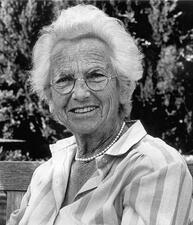
Edith Bülbring
German-born scientist Edith Bülbring was renowned for her work in smooth muscle physiology, which paved the way for contemporary cellular investigations. She pursued this work through a large and flourishing large research group at Oxford University, which she led for seventeen years. In 1958 she was elected to the Royal Society.

Ruth Leah Bunzel
Ruth Leah Bunzel began her career as anthropologist Franz Boas’s secretary, soon becoming an accomplished anthropologist herself. She broke new ground in her research the relationship of artists to their work and on alcoholism in two villages in Guatemala and Mexico.
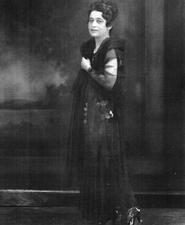
Mirra Burovsky-Eitingon
Mirra Burovsky was the first Jewish actress to star in the mainstream Russian theater. Her stormy life and career brought her to center stage of Jewish cultural, intellectual, and social ferment in Tsarist and revolutionary Russia, Weimar Germany, and mandatory Palestine. Her third marriage, to psychoanalytist Max Eitingon, and the career of her son Yuli Khariton, “the father of the Soviet atomic bomb,” created the background for a continuing espionage controversy.
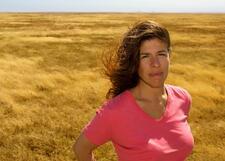
Danielle Butin
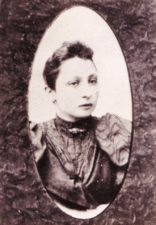
Rachel Calof
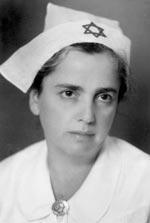
Shulamith Cantor
As director of the Hadassah School of Nursing in Jerusalem, Shulamith Cantor helped set the standard for nursing in Palestine.
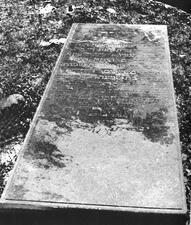
Caribbean Islands and the Guianas
Women were among the earliest settles in the Dutch and English Caribbean. Early Caribbean Jewish women, despite living in patriarchal societies, still managed to engage in public pursuits. As Caribbean Jewish communities became increasingly racially blended over time, women of color became some of the most definitive architects of distinctly Creole Caribbean Jewry.
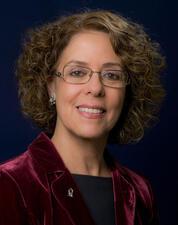
Rivka Carmi
Rivka Carmi is a medical geneticist, neonatologist, pediatrician, the first woman to be appointed president of an Israeli university (Ben-Gurion University of the Negev), and a feminist trailblazer who broke the glass ceiling for women in academia.

Safra Catz
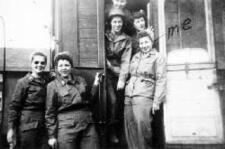
Charlotte Chaney
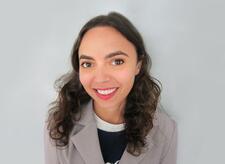
Anya Cherneff
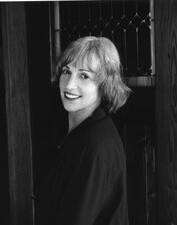
Kim Chernin
From poetry to the probing of women’s eating disorders, from autobiography to the story of a voice, from commentary on sexual identity to Israel and Palestine, Kim Chernin’s writing, “writing consultation,” and pastoral counseling practices all arose from the “spiritual politics” and deep examination of self and society that she considered the essence of her Jewishness.

Phyllis Chesler
Hannah Chizhik
Hannah Chizhik was an advocate for women’s emancipation and she was committed to the women workers movement. She became an expert in vegetable farming, agricultural work, and domestic labor for the groups of women pioneers. In 1926 she established a women’s smallholding in Tel Aviv, which became an important center for pioneer youth.
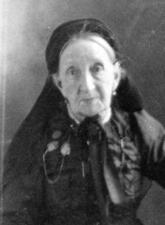
Elizabeth D. A. Cohen
Called a midwife and a “doctoress,” Elizabeth D.A. Cohen fought for the respect of her colleagues. She was the first woman doctor recognized by the state of Louisiana and battled to save patients from two epidemics of yellow fever.

Flossie Cohen
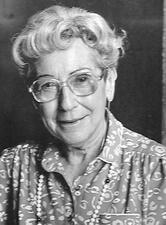
Mildred Cohn
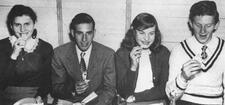
College Students in the United States
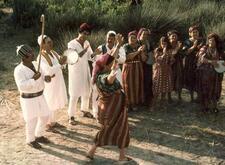
Community Dance Practices in the Yishuv and Israel: 1900-2000
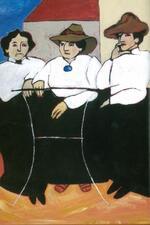
Claribel Cone
Claribel Cone was well known in her time for being a dignified and highly independent woman with two passions: medical research and collecting art and artifacts. She is immortalized in drawings by French modernists Pablo Picasso and Henri Matisse and in Gertrude Stein’s essay “Two Women.”



